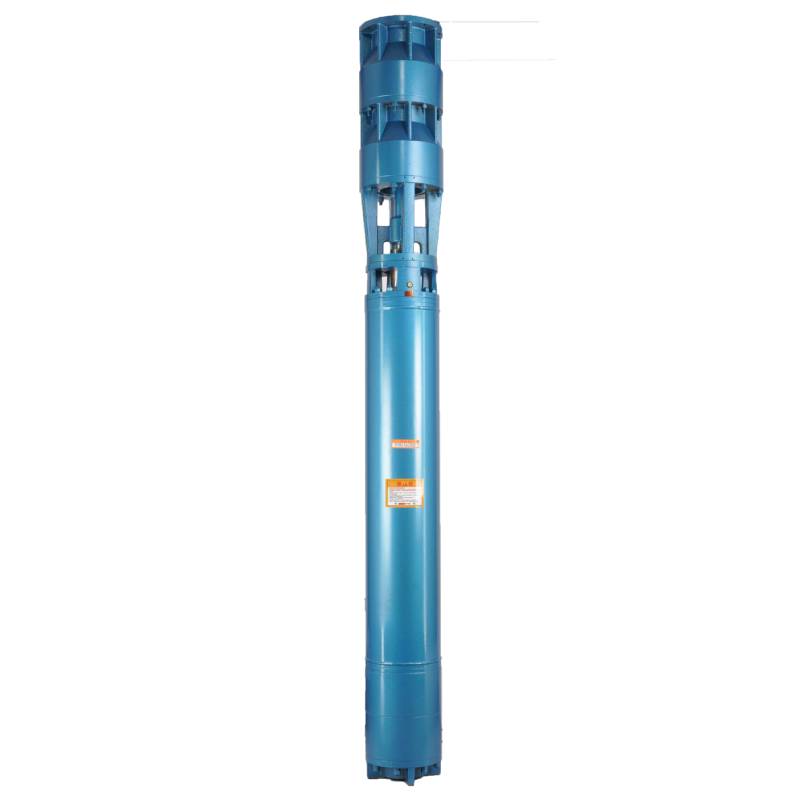Nov . 06, 2024 01:26 Back to list
dc submersible pump
Understanding DC Submersible Pumps Efficiency and Applications
When it comes to pumping solutions, particularly for applications requiring water extraction from deeper sources, DC submersible pumps stand out as an efficient and reliable choice. Unlike conventional pumps, submersible pumps are designed to be submerged in the fluid they are pumping, making them ideal for various tasks, including irrigation, drainage, and even in aquariums.
What is a DC Submersible Pump?
DC submersible pumps operate on direct current (DC) electricity, which can be supplied through various means, including solar panels, batteries, or DC power supplies. This electric design allows for enhanced efficiency and automation, offering a sustainable solution that can function in remote areas where traditional power sources are unavailable.
Advantages of DC Submersible Pumps
1. Energy Efficiency One of the main benefits of DC submersible pumps is their energy efficiency. These pumps typically consume less power than their AC counterparts, which can lead to significant cost savings in the long run, especially in applications that require continuous operation.
2. Versatile Application DC submersible pumps are versatile and can be used in a wide range of applications, from agricultural irrigation to municipal water systems, and even for dewatering in construction sites. Their ability to operate in remote locations makes them invaluable for off-grid applications.
dc submersible pump

3. Environmental Friendliness Many DC submersible pumps can be integrated with renewable energy sources, such as solar power. This capability aligns with growing efforts to reduce carbon footprints and promote sustainable practices in water management.
4. Compact and Portable The design of DC submersible pumps is often more compact and portable compared to other pumping systems. This portability allows for easy transportation and deployment, making them suitable for temporary applications requiring quick setup.
Applications of DC Submersible Pumps
DC submersible pumps find applications in various sectors. In agriculture, they are extensively used for irrigation purposes, ensuring that crops receive adequate water supply, especially in arid regions. In residential settings, they are commonly employed for drainage and wastewater management. Furthermore, these pumps are increasingly utilized in aquaponics and aquaculture systems to maintain optimal water conditions.
Conclusion
In summary, DC submersible pumps are a practical solution for a variety of water management tasks. Their energy efficiency, versatility, and compatibility with renewable energy make them an excellent choice for both residential and commercial applications. As technology advances, the potential for further innovations in this field is significant, paving the way for even more efficient and environmentally friendly pumping solutions in the future. Whether for agriculture, construction, or home use, DC submersible pumps are set to play a crucial role in water resource management.
-
Submersible Water Pump: The Efficient 'Power Pioneer' of the Underwater World
NewsJul.01,2025
-
Submersible Pond Pump: The Hidden Guardian of Water Landscape Ecology
NewsJul.01,2025
-
Stainless Well Pump: A Reliable and Durable Pumping Main Force
NewsJul.01,2025
-
Stainless Steel Submersible Pump: An Efficient and Versatile Tool for Underwater Operations
NewsJul.01,2025
-
Deep Well Submersible Pump: An Efficient 'Sucker' of Groundwater Sources
NewsJul.01,2025
-
Deep Water Well Pump: An Efficient 'Sucker' of Groundwater Sources
NewsJul.01,2025
-
 Submersible Water Pump: The Efficient 'Power Pioneer' of the Underwater WorldIn the field of hydraulic equipment, the Submersible Water Pump has become the core equipment for underwater operations and water resource transportation due to its unique design and excellent performance.Detail
Submersible Water Pump: The Efficient 'Power Pioneer' of the Underwater WorldIn the field of hydraulic equipment, the Submersible Water Pump has become the core equipment for underwater operations and water resource transportation due to its unique design and excellent performance.Detail -
 Submersible Pond Pump: The Hidden Guardian of Water Landscape EcologyIn courtyard landscapes, ecological ponds, and even small-scale water conservancy projects, there is a silent yet indispensable equipment - the Submersible Pond Pump.Detail
Submersible Pond Pump: The Hidden Guardian of Water Landscape EcologyIn courtyard landscapes, ecological ponds, and even small-scale water conservancy projects, there is a silent yet indispensable equipment - the Submersible Pond Pump.Detail -
 Stainless Well Pump: A Reliable and Durable Pumping Main ForceIn the field of water resource transportation, Stainless Well Pump has become the core equipment for various pumping scenarios with its excellent performance and reliable quality.Detail
Stainless Well Pump: A Reliable and Durable Pumping Main ForceIn the field of water resource transportation, Stainless Well Pump has become the core equipment for various pumping scenarios with its excellent performance and reliable quality.Detail
